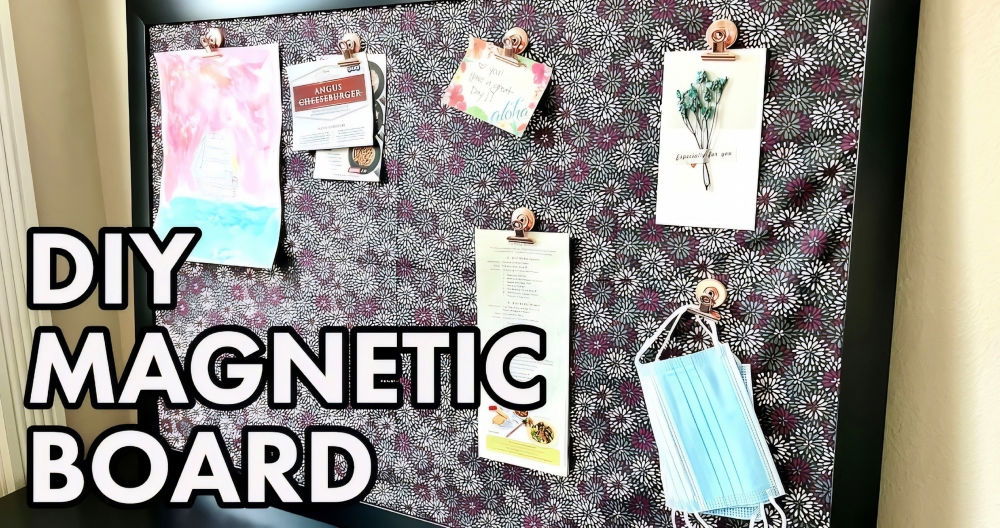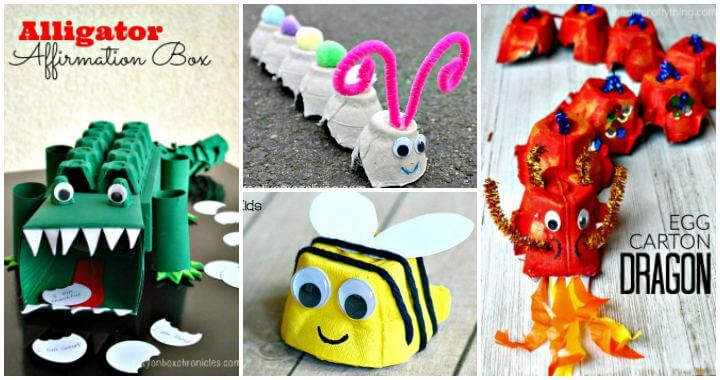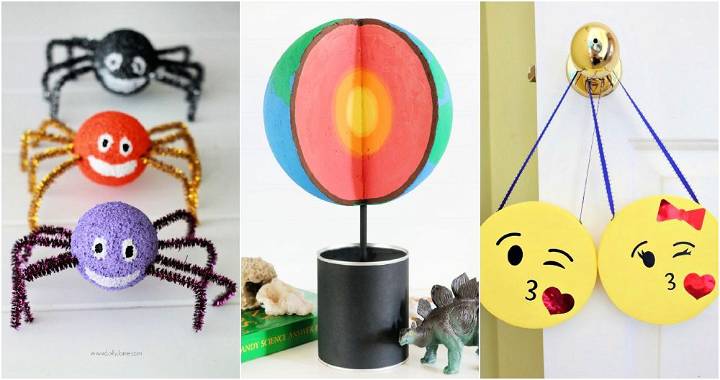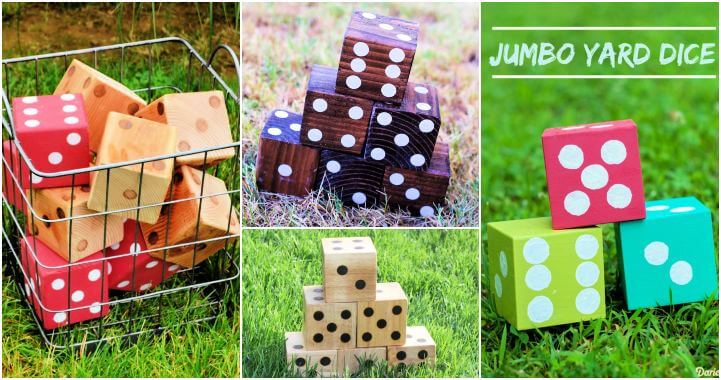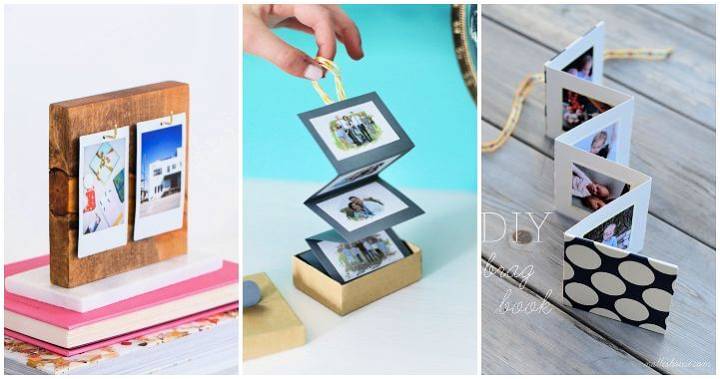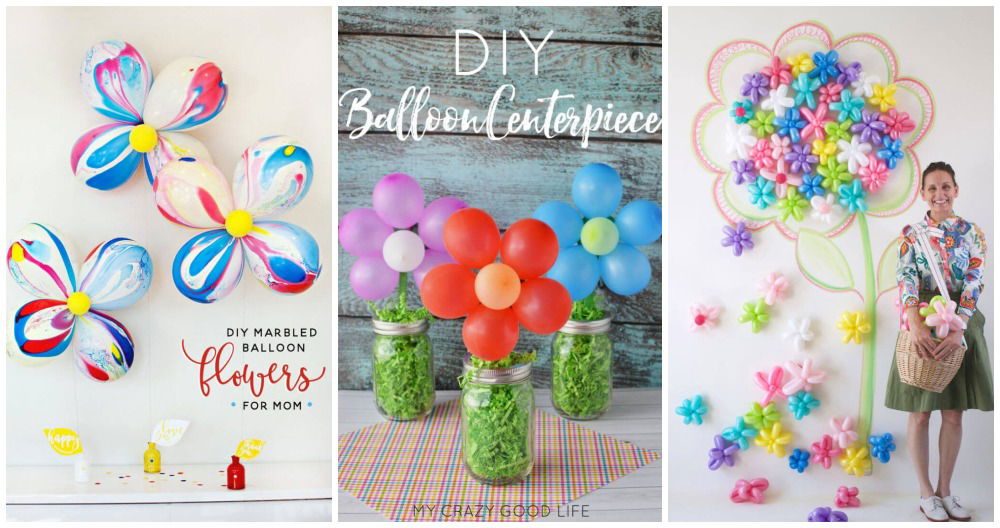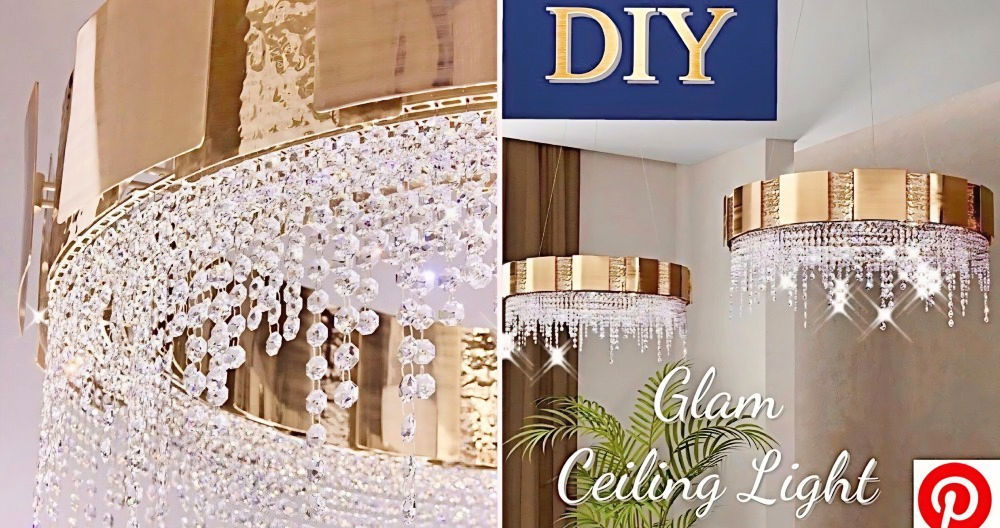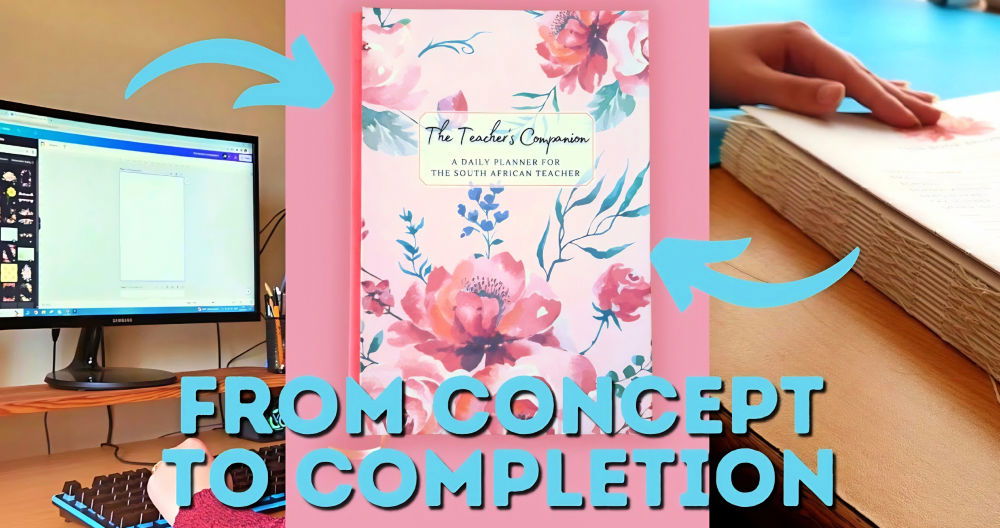Vision boards are one of the most effective and creative ways to set and achieve your goals for the year. If you've heard about them but haven't made one yet, or if you've maked one in the past but it didn't work as expected, this guide is here to help.
In this article, we'll take a deep dive into how to make a vision board that truly works, supported by practical steps and real-life success stories. By following this guide, you'll learn how to design a vision board that aligns with your goals, sharpens your focus, and helps manifest your dreams into reality.
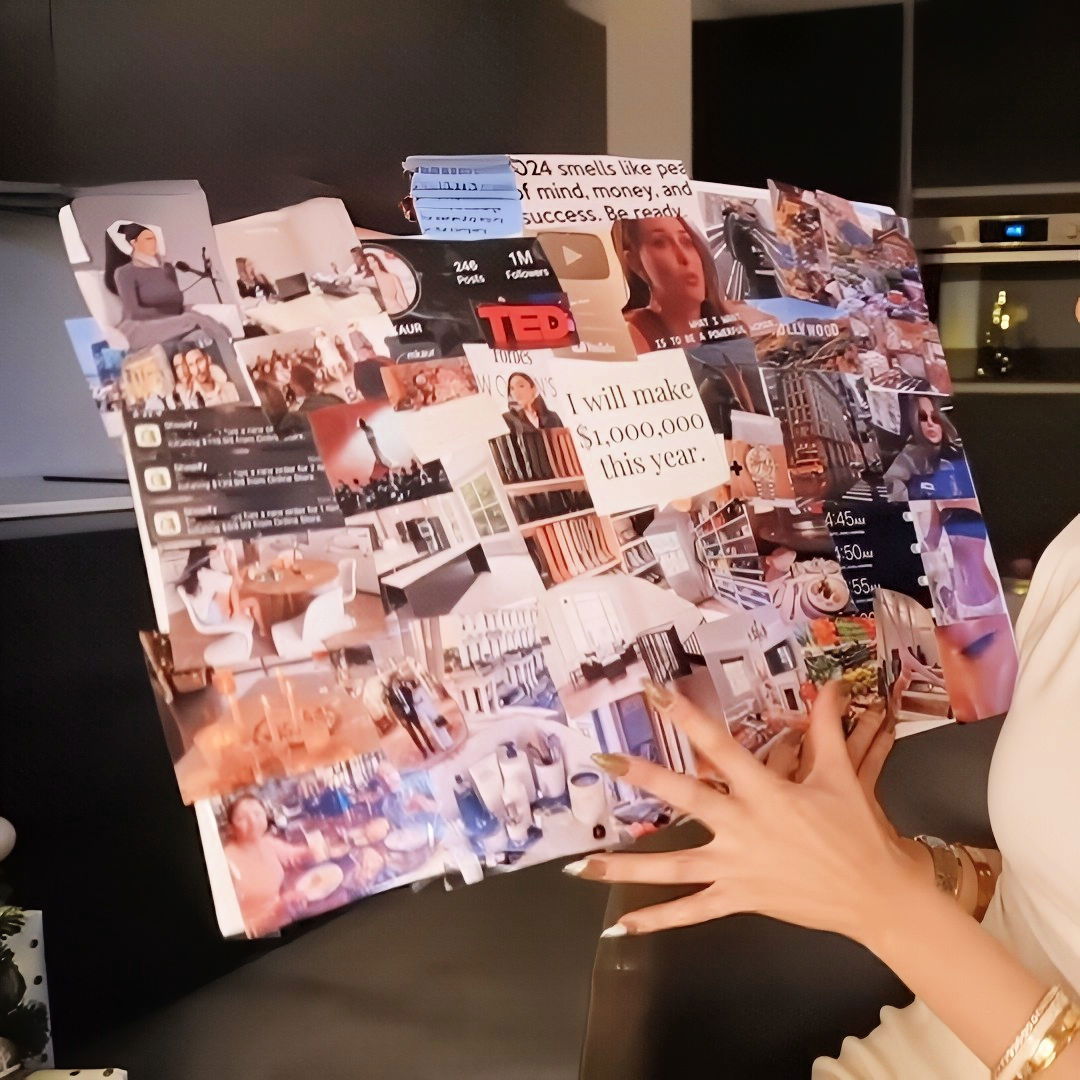
Whether you're new to vision boards or want to improve your approach, we'll explore everything you need—from choosing the right materials and defining clear, inspiring goals to using visualization techniques that help you stay motivated throughout the year. Get ready to bring your aspirations to life with a vision board that empowers you to turn intention into action.
What is a Vision Board?
A vision board is essentially a collage of images, words, and symbols that represent the goals and dreams you want to achieve in your life. By looking at your vision board daily, you continuously focus on your aspirations, allowing your mind to visualize success, which, in turn, helps manifest it in real life.
It may seem simple at first glance, but the power of visualization and goal-setting is deeply rooted in psychology. Studies have shown that the brain cannot distinguish between imagined experiences and real ones, which is why vision boards can be so impactful when used correctly.
Why Vision Boards Work
The power behind vision boards lies in visualization and the way our brain processes visual stimuli. When you look at a vision board, your brain is tricked into thinking that the things you see are already happening or are within reach. This leads to the creation of new neural pathways in your brain, which drives you to adopt behaviors that align with achieving the goals on your vision board.
In addition, having a vision board in a place you see every day keeps your goals at the forefront of your mind. You subconsciously make decisions and take actions that bring you closer to realizing your dreams. The constant reminder helps you stay motivated and reinforces your belief that achieving these goals is possible.
Step by Step Instructions
Make a transformative DIY vision board with step-by-step instructions to visualize your goals effectively and maintain a positive mindset.
Step 1: Get Serious About Your Goals
Before you start gathering supplies like scissors, glue, or pictures, you need to get crystal clear on your goals. Begin by dividing your goals into categories, as this will help you organize your board and ensure you are covering all important aspects of your life. Some key categories to consider include:
- Career
- Health and Fitness
- Finances
- Personal Growth
- Relationships (family, friends, romantic)
- Travel and Experiences
- Spirituality
- Material Possessions (like a dream house or car)
Using the Notes app on your phone or a journal, jot down these categories and bullet-point the specific goals you want to achieve in each area. Make sure your goals are as specific as possible. For example, instead of saying, “I want to save money,” write down how much you want to save, where you plan to invest it, or what the money will be used for.
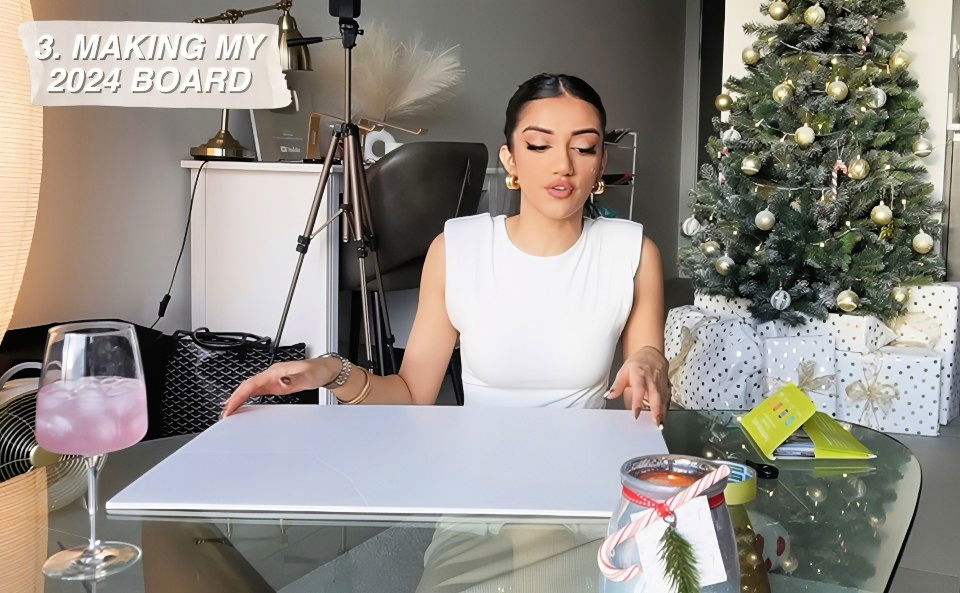
Example:
- Financial Goal: "I have saved $10,000 by December 2024, and I regularly invest $500 per month in the stock market."
Getting this specific forces you to think about the exact actions you need to take, which will help you make a more intentional and effective vision board.
Step 2: Write Your Goals in the Present Tense
Once you have a clear list of your goals, it's time to take them a step further. One powerful manifestation technique is to write your goals in the present tense, as though you have already achieved them. This helps shift your mindset from "I will" to "I already am," which can significantly speed up your manifestation process.
When you phrase your goals in the present tense, your brain begins to believe that your desired outcomes are already part of your reality, which enhances your ability to attract those things into your life.
Example of Present-Tense Goal Setting:
- Instead of: "I want to be financially independent."
- Write: "I am financially independent, and I have $20,000 in my savings account."
This shift in language plays a huge role in how effectively your brain processes your goals and aligns your actions with those aspirations.
Step 3: Choose Your Pictures
Now comes the fun part—choosing images that align with the goals you've written down. You can use resources like Pinterest, Instagram, Google Images, or even AI-generated images to find pictures that resonate with you. Aim to find one or two images for each goal.
Tips for Selecting Images
- Be Specific: Make sure your images directly reflect your goals. For example, if your goal is to buy a house, choose a picture of a specific type of home you want to own, not just a generic house.
- Make it Personal: If you're tech-savvy, consider photoshopping your face into certain images or adding personalized details. For example, if you want to land a dream job, you might photoshop your name onto an award or a business card to make it feel more real.
- Make a Point-of-View: Use images that feel like they're from your perspective. For instance, if you're visualizing yourself owning a car, pick an image that shows the view from the driver's seat rather than an external shot of the car.
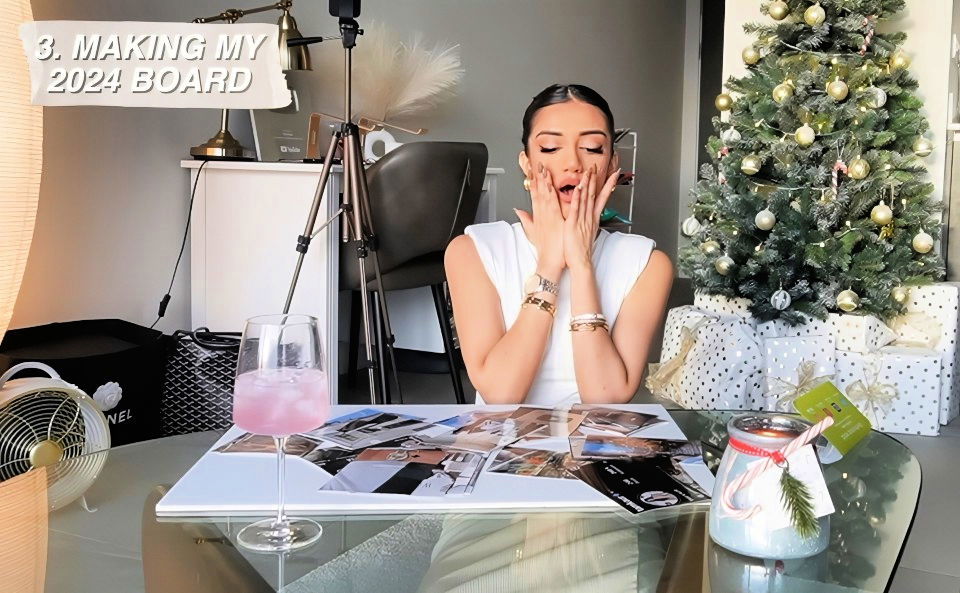
Step 4: Organize and Categorize Your Vision Board
Once you've gathered all your images, the next step is to arrange them thoughtfully. One effective way to organize your board is by grouping similar goals together. For instance, put all your career-related images in one section, health-related images in another, and so on.
Example Layout:
- Center: A powerful quote or mantra that summarizes your vision for the year.
- Top Left: Career and business goals.
- Top Right: Financial and investment goals.
- Bottom Left: Travel and lifestyle goals.
- Bottom Right: Health and fitness goals.
This type of layout helps you focus on different areas of your life in a visually coherent way. If you're someone who thrives on aesthetics, feel free to add personal touches like color coordination or minimalistic designs, but remember: the most important thing is the meaning behind each image, not how it looks on the board.
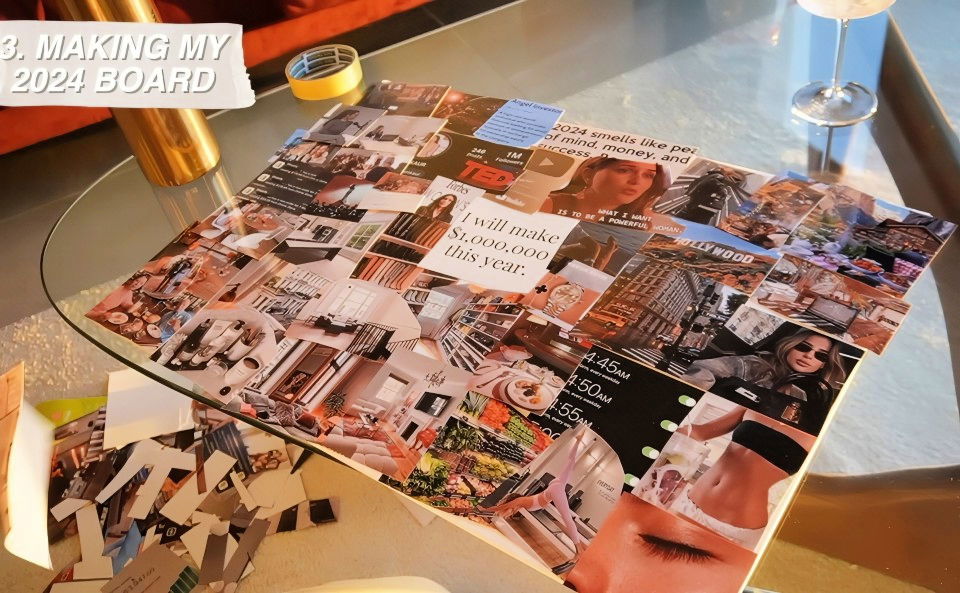
Step 5: Trim and Stick Your Images
Now that your images are organized, it's time to get creative. Begin by trimming your pictures to fit the board. You can use scissors to carefully cut out images, ensuring they are clean and well-sized to fit your space.
Once you've arranged the images on your board in a way that feels right to you, use glue, tape, or pins to stick them down. Some people like to leave their vision boards as temporary, changeable projects where they can swap out images as goals evolve, while others prefer to make it more permanent. Choose the option that resonates most with you.
- Pro Tip: Ensure that the main focus of your board, such as your life mantra or your most important goal, is front and center. This will become your daily reminder of what you're working toward.
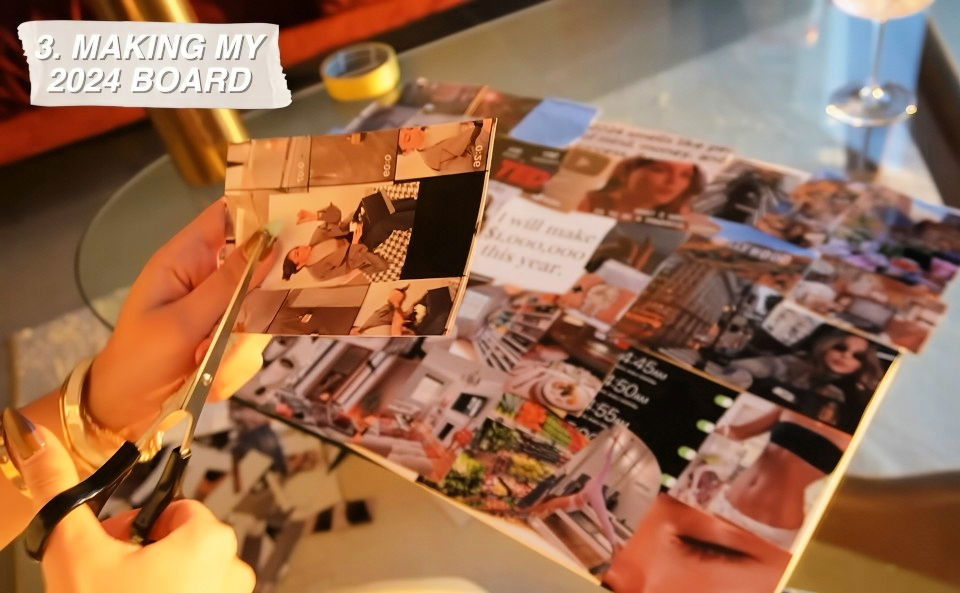
Step 6: Place Your Vision Board Somewhere Visible
The final step in making your vision board is to place it somewhere you will see it every day. Ideally, this should be a spot where you spend a lot of time—such as your bedroom, office, or even a bathroom mirror.
The more you look at your vision board, the more you reinforce your goals in your subconscious mind, which will help you stay motivated and keep working toward achieving them.
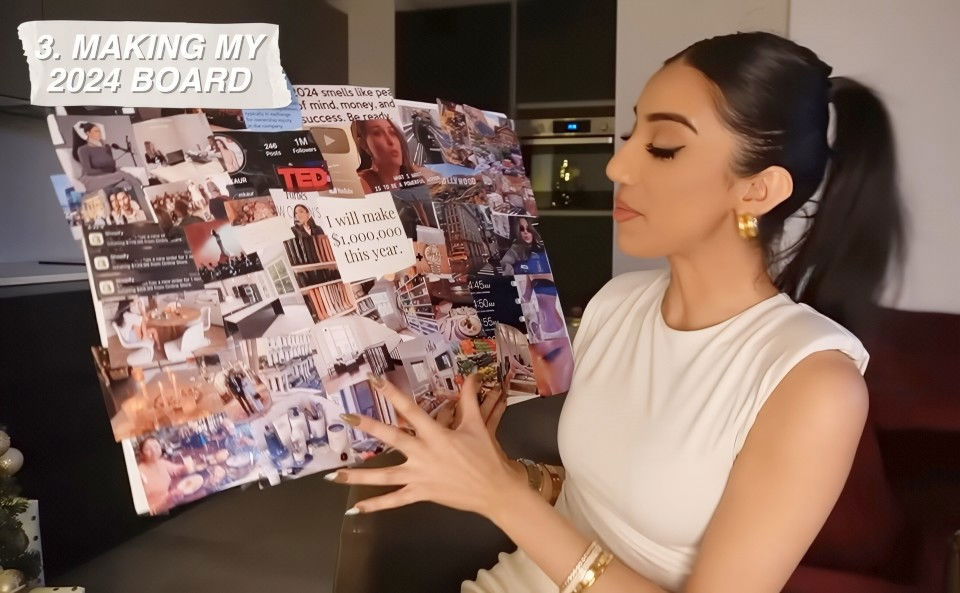
Common Mistakes to Avoid When Making Your Vision Board
While making a vision board can be an exciting and fun process, there are some common mistakes that can prevent it from being as effective as it could be. Avoiding these pitfalls will ensure that your vision board works in the way it's meant to and helps you stay focused on your goals throughout the year.
1. Prioritizing Aesthetics Over Purpose
One of the most common mistakes people make is focusing too much on how their vision board looks, rather than on the meaning behind the images. Remember, this board is for you and your goals, not for social media or decoration. While it's okay to want it to look nice, the real power comes from the connection you feel with the images.
It's important to select pictures that resonate with you deeply, even if they aren't the most aesthetically pleasing or cohesive. The purpose of the vision board is to help you manifest your dreams, not to make a Pinterest-worthy masterpiece.
Instead of aiming for a visually coordinated board, aim for one that is meaningful and reflective of your personal goals and desires.
2. Lack of Personalization
Another mistake is using generic images or phrases that don't truly reflect your goals. For example, putting a picture of stacks of money or the word "success" on your board may not be specific enough to motivate or guide you.
It's crucial to personalize your vision board by selecting images that reflect the specific details of what success means to you. What does having more money mean for you? Does it represent financial security, freedom to travel, or buying your dream home? Use images that capture the feeling and experience you associate with those goals.
A great example of personalizing your vision board comes from the famous actor Jim Carrey. Early in his career, Carrey wrote himself a check for $10 million for "acting services rendered" and kept it in his wallet. Years later, he signed a contract for that exact amount for his role in "Dumb and Dumber." This level of specificity and personalization makes the vision more tangible.
3. Not Including Yourself in the Vision
It's easy to find images of beautiful homes, dream vacations, or fit bodies, but many people forget to include themselves in these visions. One powerful trick to boost the effectiveness of your vision board is to Photoshop yourself into the pictures. This makes the visualization process even stronger because you can literally see yourself in the life you're trying to make.
If Photoshop isn't your thing, there's another simple technique: choose images that show the perspective as if you're already living the moment. For instance, if your goal is to buy a new car, find an image from the point of view of someone sitting inside the car, as if you're behind the wheel yourself.
4. Not Setting a Time Frame
A common issue with vision boards is the lack of time-bound goals. It's easy to dream big, but it's equally important to have a clear idea of when you want to achieve these goals. This is why setting a time frame for your goals—whether for the year or a specific month—is crucial.
For instance, if you're making a vision board for 2024, make sure all of the goals you're manifesting are meant to be achieved in that time frame. By giving yourself a deadline, you increase your sense of urgency and commitment, which propels you toward your goals faster.
Step 7: Maintaining the Right Mindset to Make Your Vision Board Work
Making the perfect vision board is only half the battle. The mindset and energy you bring to it on a daily basis are what truly make the magic happen. Here are some tips on how to keep yourself in the right mental space to ensure your vision board manifests your desires.
1. Visualization
Visualization is key to making a vision board work. You need to not only look at your board but imagine yourself living the experiences depicted in the images. Picture yourself achieving your goals, feel the emotions that come with those accomplishments, and immerse yourself in the reality you want to make.
There will be times when you are away from home or don't have access to your vision board, like while traveling. On those days, make visualization a habit that you can easily do anytime. Whether it's during your morning coffee or while walking to work, spend a few moments visualizing the life depicted on your board.
2. Speak It Into Reality
Confidence is key when it comes to manifestation. When you talk about your goals, speak as if they are already on their way. This reinforces the belief that they will happen. Start getting into the habit of talking about your goals with certainty and confidence, especially when speaking to trusted friends or your inner circle.
For example, instead of saying, “I hope I can save enough for a down payment this year,” say, “I'm excited about the down payment I'm saving up for my dream house.” This language shift signals to your brain that these goals are not only possible but inevitable.
3. Feel the Emotions Now
Manifestation works best when you embody the emotions you expect to feel once your goals are achieved. If you think reaching your goals will make you feel happy, grateful, or secure, why not start feeling those emotions now?
For example, if you're manifesting financial abundance, focus on the gratitude you feel for the money you already have. Appreciating what you have puts you on the same emotional frequency as someone who has more, making it easier for you to attract more of it.
4. Journaling in the Present Tense
A great way to reinforce your goals is by keeping a journal where you write about your achievements in the present tense. Each day or week, write about your goals as if they've already happened. This method keeps your focus on what you want to manifest and helps solidify the mindset that you're already achieving your dreams.
Here's an example: After journaling about your day, you could write something like, “I'm so grateful that I have a thriving business. My client base is growing every month, and I feel empowered by the success I've achieved.” This keeps your mind aligned with your goals, reinforcing the belief that they are already part of your reality.
Step 8: Tracking Your Progress and Staying Accountable
Once your vision board is complete and you've placed it somewhere you'll see every day, it's time to get to work. Simply looking at your board is not enough; you also need to take intentional action. Here are some strategies to help you stay on track:
1. Set Monthly Reminders
To keep your goals top of mind, set reminders on your phone or calendar that prompt you to check in with your progress. For example, if one of your goals is financial, set a monthly reminder to check your savings and investments to ensure you're on track.
You can also make actionable steps that align with your goals. For instance, if your goal is to improve your fitness, sign up for a class or commit to a workout plan that helps you stay accountable.
2. Make Systems for Success
It's important to make systems that ensure you are consistently working towards your goals. For instance, if you want to save money, you can set up automatic transfers to your savings account each month. Or if fitness is one of your priorities, you could download a workout app like Co-Pilot that keeps you accountable with a virtual coach.
These systems remove the guesswork and make progress toward your goals automatic, which helps you stay consistent over time.
Step 9: Celebrate Your Successes
As you start to see your goals manifest, don't forget to celebrate your wins, big or small. Acknowledging your progress will boost your confidence and help you stay motivated to keep working toward the larger goals. Remember, every small victory is a step closer to the life you're trying to make.
Conclusion: Start Making Your Vision Board Today
A vision board is more than just a collection of pretty images; it's a powerful tool for visualizing your dreams and manifesting them into reality. By taking the time to get clear on your goals, making a personalized board, and maintaining the right mindset, you can make a vision board that truly works for you.
Keep in mind the power of specificity, personalization, and belief as you go through the process of making your board. With consistency and dedication, you'll find that the goals you set for yourself will come into fruition faster than you could have ever imagined.
Now, it's your turn! Gather your materials, focus on your goals, and start building the life of your dreams through your very own DIY vision board.
FAQs About DIY Vision Boards
Discover answers to common questions about DIY vision boards. Get insights and tips to make an inspiring vision board effectively.
It’s important to be as specific as possible. Instead of vague goals like "I want to save money," state the exact amount and purpose. For example, "I will save $10,000 for a house down payment by December 2024." This clarity makes the goal more actionable.
Yes! You can make a digital vision board using tools like Pinterest or Canva. Many find success by setting their vision board as their phone or desktop background for constant visibility.
It's okay if not all goals are achieved in one year. You can transfer remaining goals to the next board. This allows you to carry forward aspirations that are still important.
Ideally, you should look at your vision board daily to reinforce your goals. The more you visualize them, the more likely you are to manifest those dreams into reality.
Yes, you can manifest several goals as long as you remain specific. Categorize your goals into different aspects like career, health, and finances, and make sure each goal is clear and actionable.
Yes, writing goals in the present tense is essential. This helps trick your brain into believing that these achievements are already part of your reality, boosting the manifestation process.
If anxiety arises, try breaking your goals into smaller, manageable steps. Focus on one category at a time to make the process less overwhelming. Visualization should feel empowering, not stressful.
While it’s tempting to make your vision board visually appealing, don’t prioritize aesthetics over personal connection. Choose images that truly resonate with your goals, even if they don't match perfectly.
Yes, but it's best to focus on goals that can be realistically achieved within the time frame you've set. For example, if you're making a board for 2024, include goals you expect to reach within that year.
It depends on your comfort level. If sharing makes you uncomfortable or if you fear negative feedback, consider keeping it private. You can also make digital boards if you lack private space.


